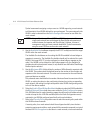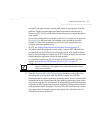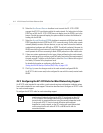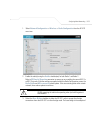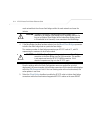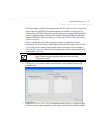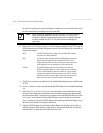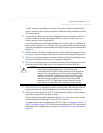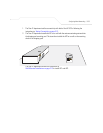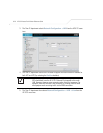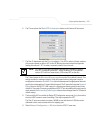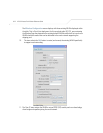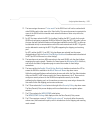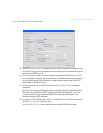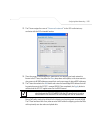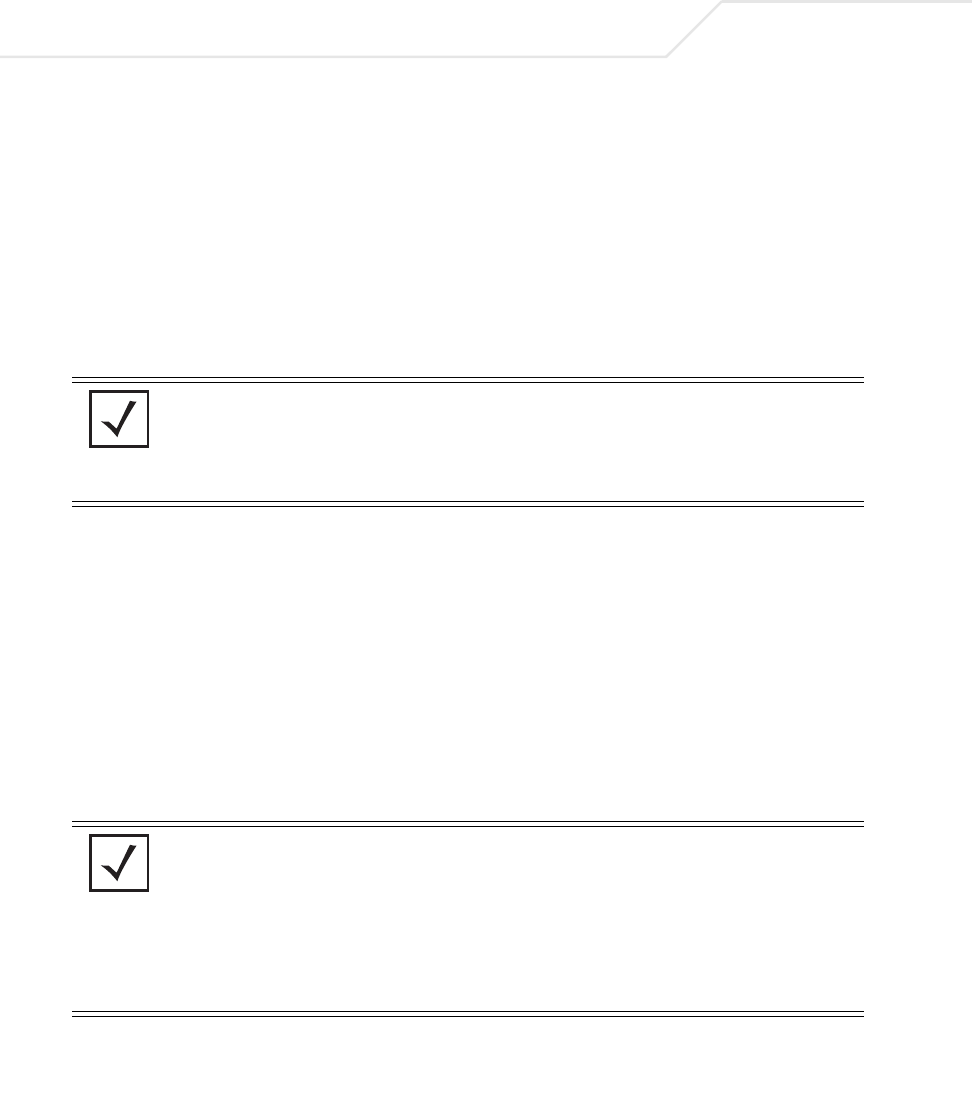
AP-5131 Access Point Product Reference Guide
9-18
9.3 Usage Scenario - Trion Enterprises
Trion Enterprises is a new shipping and receiving company. Trion wants to create an outdoor wireless
coverage area (in addition to its indoor wireless infrastructure) that can expand as they grow their
business. As Trion expands the wireless coverage area within their shipping yard, they will need
additional AP-5131s configured as either base or client bridges or repeaters (AP-5131s configured as
both base and client bridges) to support the growing number of MUs, and forward data traffic to the
client bridges on the outer areas of the mesh network. The MUs within the shipping and receiving
area consist primarily of Symbol bar code scanners (to monitor Trion’s inventory coming and going) as
well as PDAs doing data entry.
9.3.1 Trion’s Initial Deployment
Trion’s initial requirement is to configure a “point-to-point” mesh network consisting of two AP-5131s
(AP1 and AP2). AP1 is to be physically connected to a pole inside the entrance to the shipping and
receiving area with antennas oriented outward into the shipping yard. AP1 is intended to be a base
bridge with no coverage for MUs within the shipping yard. AP2 is intended to be a client bridge
associated to AP1 and be placed on a wall of a receiving shack (a remote building in the shipping yard)
with antennas oriented into the shipping yard. AP2 also is also connected to a Symbol ES3000
wireless switch providing connectivity (on its own local subnet) to laptops within the receiving shack.
AP1 and AP2 will be configured identically unless noted.
To configure Trion’s initial deployment, the IT Team does the following:
NOTE The information presented within this use case is centered around the
configuration of the mesh networking feature exclusively. It is assumed
the AP-5131s used by Trion Enterprises are completely configured (beyond
the mesh networking functionality) before being deployed in their
shipping yard.
NOTE To optimize Trion’s mesh network, the IT team decides to create a mesh
WLAN to strictly support the base bridge, client bridge and repeater
traffic within the mesh network. This is the configuration described in this
use case. However, to optimally support the MU traffic within the
shipping yard, the Trion team should create a separate (non-mesh) WLAN
to support the MU traffic proliferating the shipping yard. To configure the
separate (non mesh) WLAN, the IT team follows the instructions in
Creating/Editing Individual WLANs on page 5-24.



